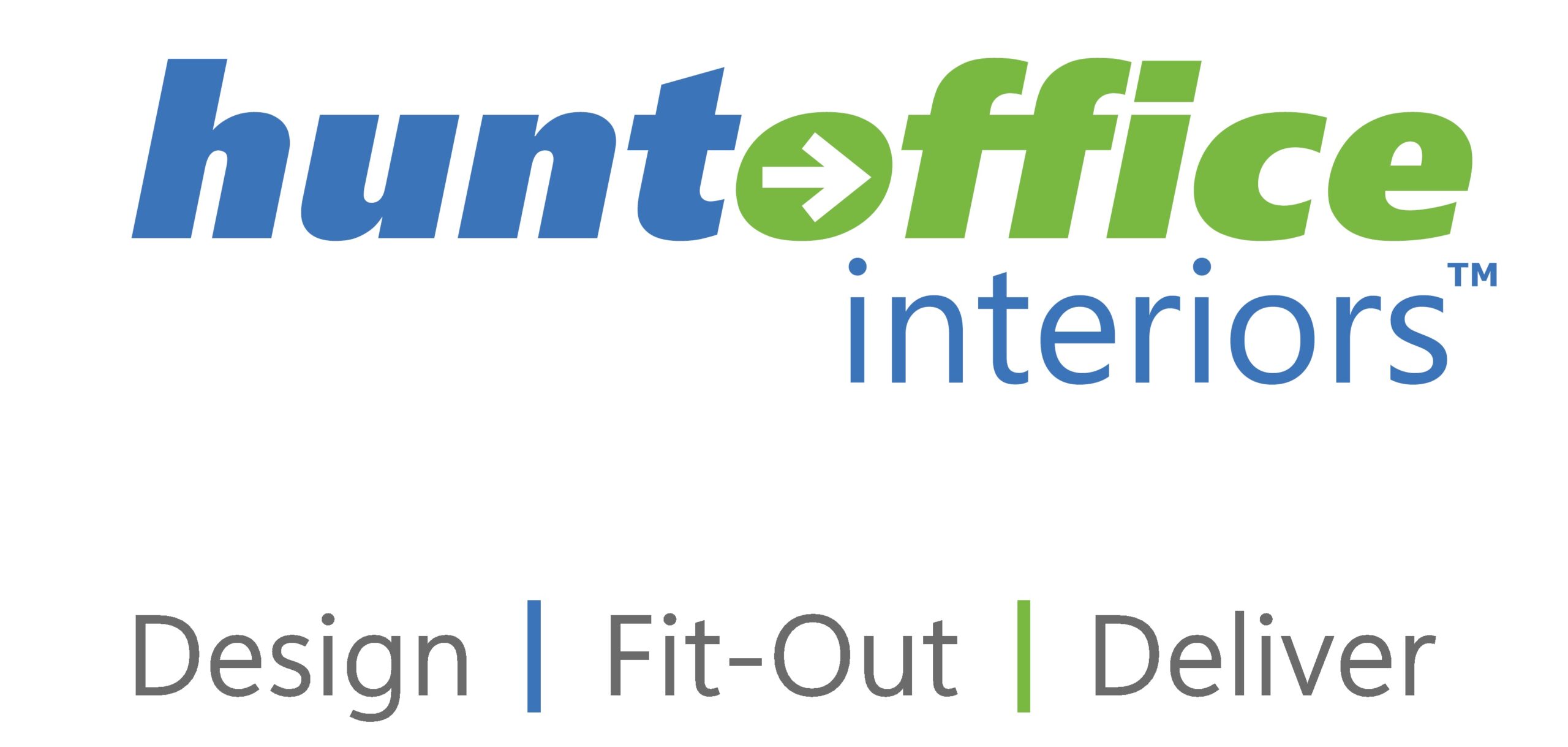5 Office Design Trends for 2018
From recreating the comforts of home to virtual reality advancements, here are five key trends poised to take off in the modern workplace next year.
While some may feel that office design is going a little too over the top with unnecessary bells and whistles, the fact is we exist during a time of remarkable technological and manufacturing advancements for office furniture and accessories. These innovations help us rethink and disrupt traditional concepts around work and replace our images of what the office should look like: for example, the uncomfortably tight cubicle farm or the stodgy firm with heavy, ornate wood furniture. The offices of tomorrow can be minimally defined or luxuriously appointed, neutral or colorful, handcrafted or polished.
The focus now is on our ability to improve the space for everyone, to recognize the individual’s value in the work place. The theme for 2018 office design is “vitality:” taking the office space beyond being a place we simply tolerate to becoming a place where we feel re-energized and full of possibility. Here are five trends to look forward to in the next year.
“Greening The Office” On A Whole New Level
2017 was a banner year for popularizing biophilic design elements in the office. From rooftop gardens to water features to nature-based wall dividers using bamboo or wood, nature was the name of the game in the context of employee health and wellbeing. It has been proven that being in nature is beneficial on many levels for staff to feel calm, creative, happier, and healthier. Now, companies are going to dive deeper, beyond the vertical garden or chic grass sidewalk, to apply the idea of ‘green’ to all of their processes: renewable energy sources for powering the office, grey water systems, air purification renovations, carbon offsets, green web hosting, locally sourced food and beverages for the lounge or cafeteria, bike and electric car rental benefits for commuters, and more. Don’t be surprised if more companies get creative with their outdoor surroundings by building “walking meeting” paths, or introducing an indoor greenhouse or park.
More Textures Everywhere You Look
With the rise of the minimalist office and neutral or streamlined layouts, texture will become one way for a workplace to introduce a playful side. Textures heighten the sensory elements of a room, and can summon a nostalgic home comfort in everyday spaces. Think faux or real sheepskin chair throws, acoustic fabric wall panels, beach shell wall dividers, woven rugs, and handmade baskets.
These Colors Are Moving In
Pantone recently released their eight trend palettes for 2018, and it looks like it has something for everyone, from the young tech start-up to the classic heritage brand or the established professional services firm. A few color combinations to note include the “Resourceful” palette: a blend of blues and oranges that play with opposites on the color wheel while keeping things bright and fresh. If your brand is bold, go for it. Other companies may be drawn to the “Intricacy” palette with its neutral metallics…a perfect fit for a polished yet future-forward look. And the “Far-fetched” palette will expand company culture with globally-inspired hues that offer a warm welcome. I recommend choosing bright colors strategically for filing storage pieces, chair fabrics, accent walls, or floor coverings. A little goes a long way.
Office Inclusion and Accessibility Improvements
There are some creative companies that are currently testing new ways to improve accessibility for individuals, especially those with physical impairments or disabilities. For example, Panasonic recently introduced self-driving wheelchairs in Japan’s airport to test in advance of the 2020 Olympics. Visitors will be able to summon a wheelchair with a few taps on a smartphone app. For the deaf, UNI is a real-time translation device that could help employees with a hearing disability participate in meetings and interactions with co-workers. As far as design and layout are concerned, we no longer live in a one-desk-size-fits-all world. Adjustable height desks, adaptive chairs, quiet “library hours” floors, assistive devices and more are easier to create or attain to make sure all employees can thrive in their environments. The introduction of these models on a B2B level will help larger offices recognize, value, and improve the needs of disabled employees.
An Advanced Medium Will Be Introduced For Work
Augmented reality and virtual reality are slowly making their way to the front of the line. While we haven’t reached the tipping point on a wide acceptance of VR or AR, it is showing itself to be a great resource for employees that want to demonstrate models in product development, overhaul the boring pitch deck, and hold immersive meetings with stakeholders in other states or countries. For marketing or sales teams, VR and AR can help close deals with a “face to face” call, a test drive of a product or service, or a “feel like you’re really there” lead-generation campaign. For talent recruitment, a virtual tour of the office will eventually become the standard. The next question is: will spaces be dedicated solely to VR and AR activity, or will they be seamlessly integrated at each desk? We’ll have to see.
We’re about to witness some exciting changes entering the world of office design and the way we work. These are just the tip of the iceberg, and I’m looking forward to what is next.
By Jeff Pochepan President, Strong Project@StrongProjInc
Credit: INC.COM / NOV 29, 2017
